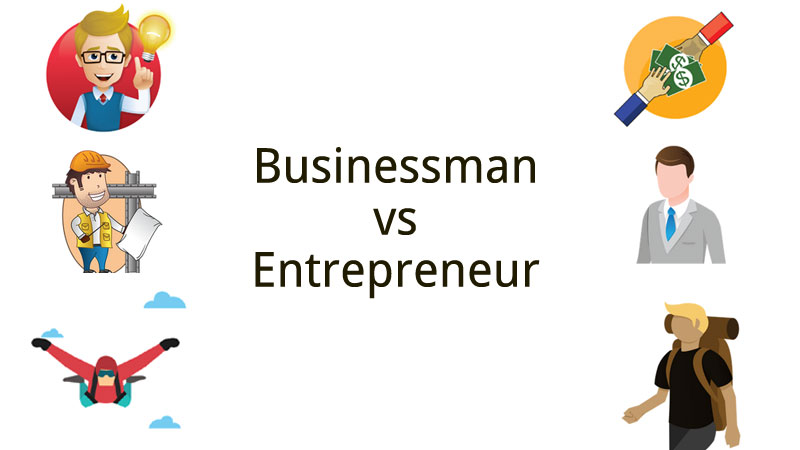Corporate innovation is not as simple as it seems. It entails more than hard work, dedication, and teamwork. This article will explore the positives and negatives of corporate innovation that you or your colleagues could be turning a blind eye to.
Have a Look at 9 Things About Corporate Innovation

1. Not everyone is suited for innovation
Innovation, specifically corporate innovation, cannot be run or managed by just anyone. The identification and deployment of the right human resources are paramount. You may decide to hire these people internally or externally, but the choice has to be ideal.
Those who provided the most value to an innovation team calculate the risks and experiment on their own. They take initiative. Hiring the wrong people can have adverse effects on the innovation process, which is why you need to think this decision through.
2. You need to step out of your bubble
This follows from the previous point. You may have trusted your team for a long time, but giving outsiders an opportunity can aid innovation. Rather than trying the same idea over and over again, hoping it will eventually pick up, it is time you challenge the status quo and bring in new talent.
When you deploy external expertise, make sure to step outside of your comfort zone and look up people from other industries. You never know, you might end up bringing valuable insight into the innovation team. Matchmakers can find such startups that can help you innovate.
3. Speed matters
If you have been advised to take slow and steady steps when it comes to innovation, you have a bad adviser! Speed matters, and not just to implement new ideas. Speed is imperative for the team. How else do you expect these geniuses to deliver great output in time?
Quick execution may seem to some as rushing through innovation or experiment, but it’s not. The quicker you move, the faster you’ll come across the right product, which could take multiple attempts. Plus, you will risk that competitors innovate before you.
4. Pick the right incentives
Incentives offered to innovation teams are usually short-term, which trigger short-term thinking and risks. This kind of incentive has to stop. Innovation does not happen overnight, are short-term incentives really sufficient?
If you offer these incentives, you are encouraging your team members to adopt short-term thinking. Just make sure the incentives you set for your team are as efficient as the outcomes you expect from their efforts.
5. The right tools are essential
A lot of innovation teams don’t realize this until it’s too late, but the tools being used may actually be hampering your ability to succeed. You need to look up technology that will help you with the experimentation and direct you toward the intended outcome.
It’s not too big of a risk to try and bring in new software rather than spending a fortune and time building internal proprietary systems. A lot of the systems and technologies available in the market do as good as or even better than what you could be developing, so it’s okay to take that risk once in a while.
6. Leadership is vital
Innovation teams require a leader. The best teams work together as a collective being, playing off one another’s skill and making the overall team incredibly strong. But they need a leader to guide them. A lack of leadership will end in chaos and conflict. You can choose to hire more than one leader to oversee the different aspects of the innovation team.
People in the team need to know who to listen to and take orders from. Otherwise, there could be no credible authority and team members will do as they like, deviating from the goal and objective.
7. The three horizons
The gap between startup and corporate innovation may be bridged with the help of two basic principles. The first is that in order to be innovative, businesses must execute their core business operations simultaneously rather than focusing on just innovation.
Secondly, innovation is to be distributed into three horizons, which have been identified as follows:
- Mature businesses
- Rapidly growing businesses
- Emerging businesses
Horizon one supports existing models, while number two supports partially supported business models, and the final is risky and long-term. The latter revolves around the use of unknown and radically new business models.
8. Legacy is not just a blessing but a curse!
Business legacy is a blessing when you have enjoyed a golden period of incredible success. The market has performed in your favor, your margins have remained at the top and generations have benefited from your product portfolio.
This legacy could become baggage, which is something that startups are free from. The status quo and traditions can become an obstruction when you are trying to find your way through radical innovations. Resistance to change is yet another issue. On the bright side, your scale and all the relationships and resources you have cultivated will help you turn this curse into a blessing.
Make the right move and try to imitate how startups function. Disruptive innovation may sound complex and scary for a large organization, but if you know how to go about it, you could go on to become one of the pioneering innovators in the industry.
9. There is such a thing as bad innovation
Not all innovation is good. The list below gives just a few examples of large corporations who took the leap, but failed:
- Apple Pippin (1995)
- Microsoft’s SPOT Watch (2004)
- Microsoft Zune (2006)
- Sony PS Vita (2011)
- Google Glass (2013/14)
And the list doesn’t stop there. The essential point is that your innovation may take time and effort, but it could still end up failing. It’s not only about how well-articulated the product is; many factors ultimately determine its success or failure.
A contribution by Taylor Ryan from Valuer.ai.



